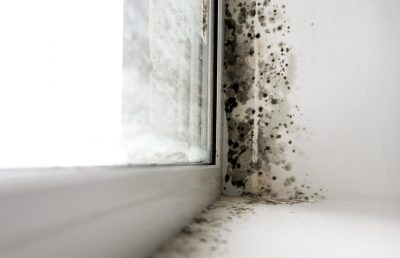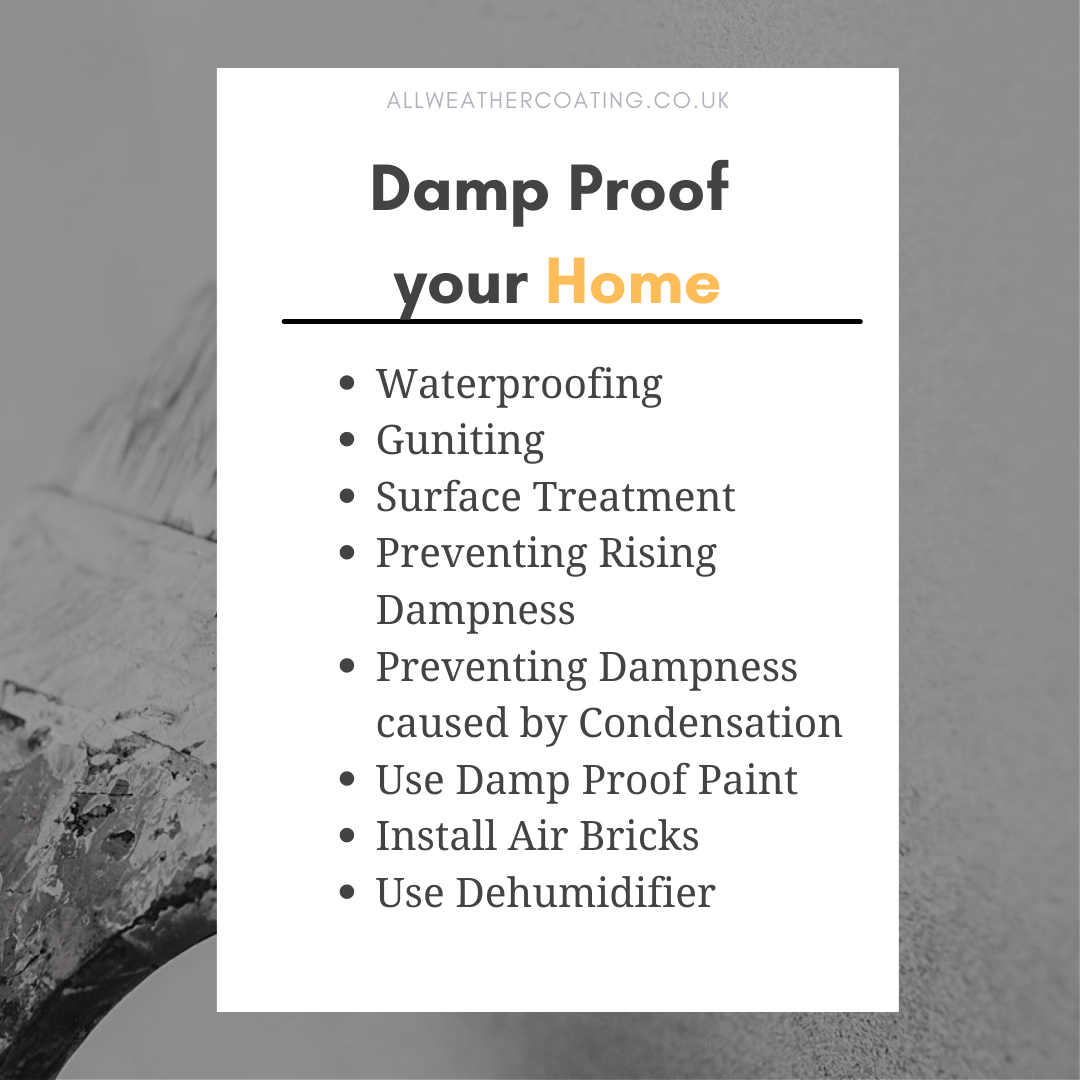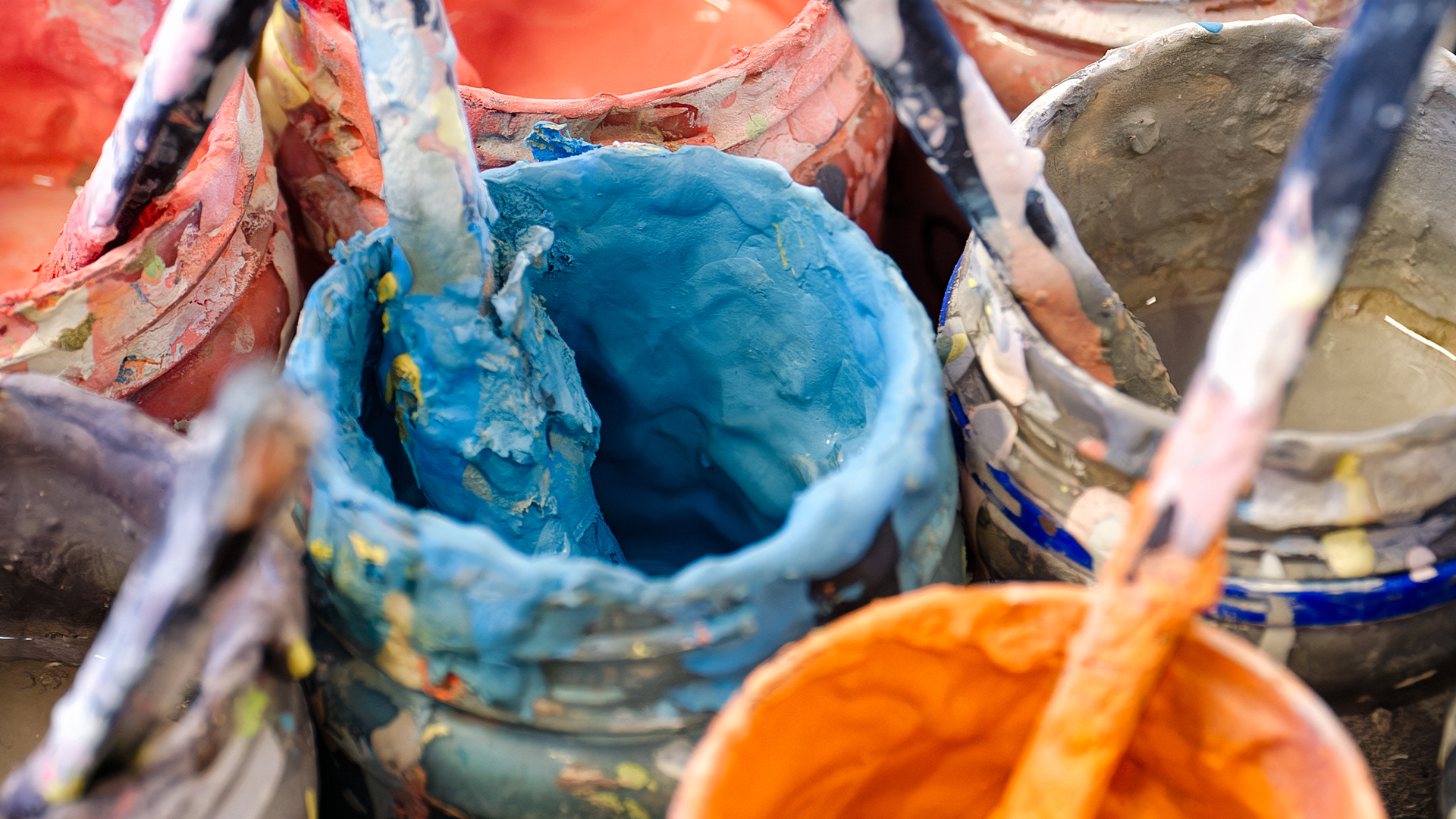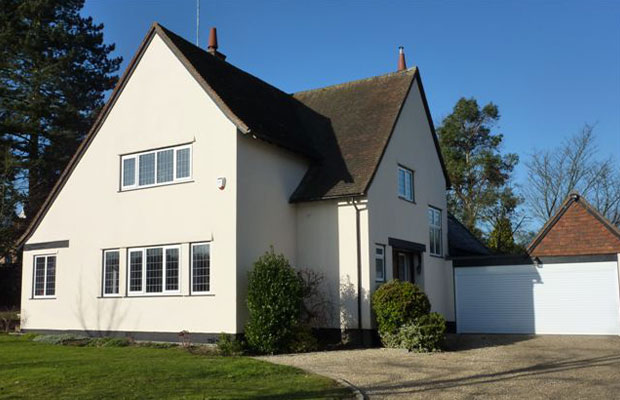
Many homeowners complain about damaged and wet walls, floors and roofs with the onset of monsoon season. These damages create water leaks, paint peeling, moulds, fungus etc., which are irreversible on their own and can deteriorate one’s health.
Damping has a negative impact on health because it causes moisture build-up, which leads to sneezing, coughing, asthma symptoms, fungal infections, and other symptoms that are associated with respiratory difficulties.
Causes of Damping
Damping can be caused in many ways. Condensation or moisture can cause dampness in winter. Mould growth is driven by damping, which is found in the roof corner of the rooms, dark places, behind cupboards, window panes.
Naturally, moisture rises above ground level and damages the walls.
Roofs may collect water which may locate into homes and cause cracks. Sheets installed on the terrace may slowly pour out water to the ground, but most of it falls on the rooftop, which makes way for damping. Rooftop gardening may also make way for damping as excessive water either has to dry out or drain through the roof.
Different types of Damp
The three types of dampness are Penetrating dampness, Rising water, Condensation dampness.
- Penetration dampness is caused by water leaking through the building’s walls and roof, which results in the growth of mould.
- Rising dampness occurs naturally when groundwater rises above the ground level through the foundation of a building, causing it to become wet.
- Condensation dampness is the result of daily activities such as bathing, cooking, and washing by the household members that generate condensation moisture.
Health risks of dampness
Dampness is caused by water leakage in the wall or roofs etc, which can further cause moulds. Contact with these kinds of moulds can develop different types of health issues such as respiratory problems and allergies.
To be more specific about respiratory issues caused by moulds, there are various symptoms, including coughing, mild fever, tight chest, a scratchy throat, wheezing, etc. These general respiratory problems can become chronic if exposed to moulds for a long time.
There is much evidence for skin rashes caused by an allergic reaction to moulds. These reactions may happen to any individual who doesn’t have a skin condition. Symptoms of skin condition are redness, dryness and cracked skin: itchiness, red rashes, itchy or red eyes.
A study conducted in 2007 discovered a link between depression and mould-infested dwellings. Mould and moisture are not very appealing, which can cause a significant amount of anxiety in those who are exposed to them. According to the current study, mould toxicity can cause the accumulation of toxins in the body, resulting in symptoms such as sadness, anxiety, brain fog, and sleeplessness.
Who is at risk?
Exposure to these kinds of toxins due to damping is not suggested to be healthy for anyone. Many groups of people need to avoid them because they are likely to be more sensitive to these allergies. Young babies, children, older adults, people with skin problems, respiratory problems and anyone with a weak immune system are more sensitive to these allergens.
Also Read: Penetrating Damp treatment during Winter
Prevention of damp walls
One way to prevent dampening of the walls is to seal any cracks if found. Cracks allow moisture to get into the building structure and cause dampness and wall seepage. The house’s walls develop these cracks over time, which may begin with the door or window frames.
Many homes or buildings use budget-friendly exterior paints, which are permeable and allow water to seep in. A waterproof coat is a must to prevent seepage of water from the exterior. Many paint companies are manufacturing advanced technology for waterproofing exterior paints. As the exterior paint has a prevention method, the same applies to the roof. Roofs are directly exposed to rainwater, water accumulation, and weather conditions that need waterproof roof coating.
Installation of a Damp proof course prevents groundwater from rising to the walls of the building. Damp-proof is either hard applied on the exterior or sprayed into walls and floors. Rising groundwater through the walls into the building is a common problem found in old homes or buildings.

How is Damp proof done?
There are many ways of damp proof installed to keep your home dry. Waterproofing at the time of new house construction is one of them. In new construction sites, most of them use plastic pipes. Though a preventive plastic damp proof membrane is installed, this fails if the process is not done correctly. Waterproofing a building can be done in many ways. Here are two of them.
Guniting
This procedure is carried out with the help of a cement gun machine, which deposits layers of rich cement over the specified wall or roof that is to be watertight.
Surface treatment
As the name implies, this process fills up pores or holes on the surface, causing it to be dampened in the process. The usage of metallic soap has proven to be extremely effective.
Chemical damp proofing walls is another method of damp proofing, and these are drilled at different base levels before the holes are filled with special salt retardants. Compared to waterproofing during new construction, chemical damp-proofing is the most cost-effective, most straightforward and fastest way to prevent dampness.
Prevention of rising dampness
Rising dampness mainly occurs in old homes. Rising dampness affects only the ground floor structure of the building as water must move against gravity. Rising moisture can also be prevented by installing a damp proof course.
Preventing inside dampness caused by condensation
People have to make sure rooms in the building are adequately vented. Rooms or spaces in the building exposed to water from different mediums must be adequately vented. Space between walls and clothes in the cupboard also prevents inside dampness.









